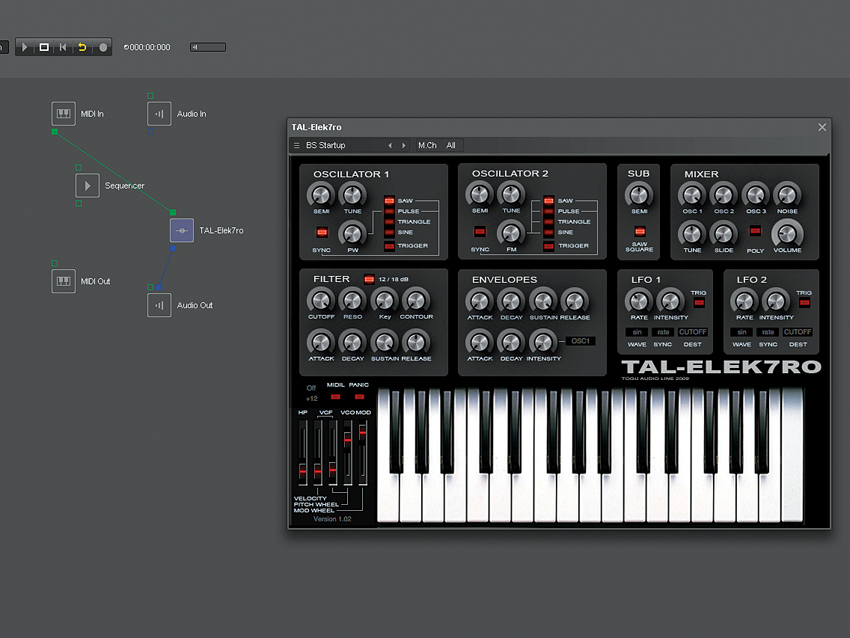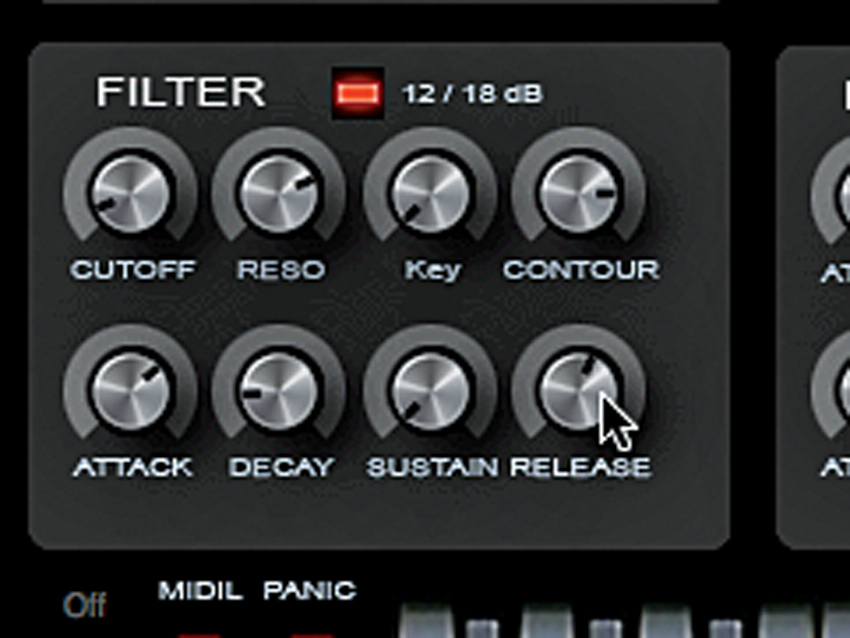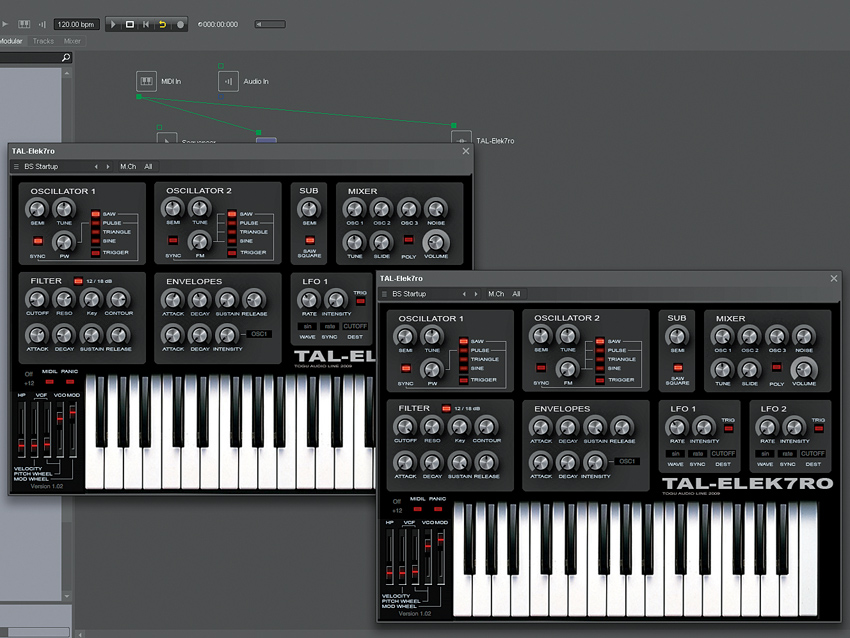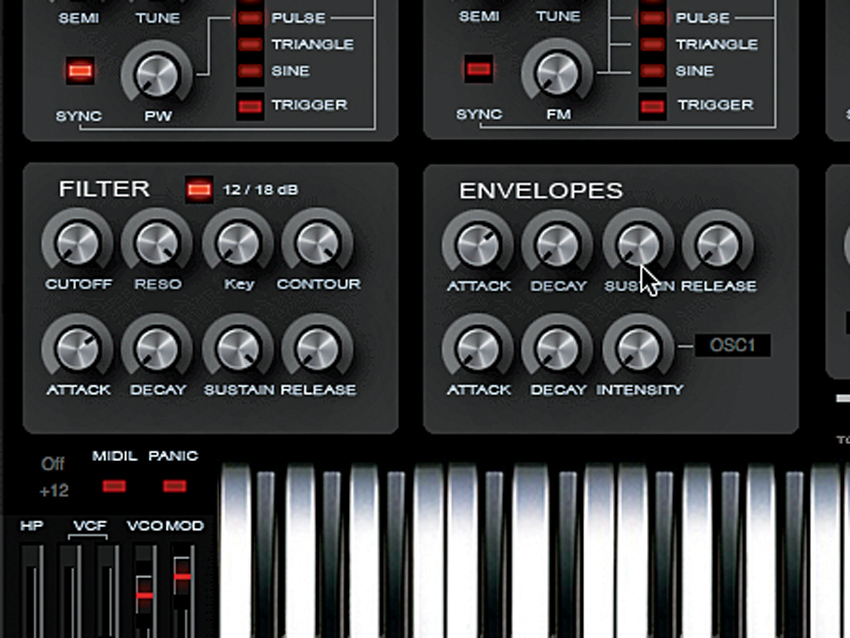How to make a The Lonely Island (feat. Akon) I Just Had Sex-style synth sound

Getting started
Step 1: The analogue synth sound from The Lonely Island (feat Akon)’s I Just Had Sex is made by running white noise through a filter and sweeping the filter’s frequency with an envelope modulator. In this case, it’s layered with another, similar patch. We can do this using a modular host such as energyXT2, and a freeware synth like TALElek7ro from Togu Audio Line. Open the first TAL-Elek7ro in XT2’s modular window.

Bringing the noise
Step 2: The sound starts with the swept filter noise. TAL-Elek7ro’s default BS Startup patch is fine to start with. Begin by cranking the Noise knob in the Mixer section fully up, and bringing the Osc 1 and Osc 3 knobs all the way down (Osc 2 is already silent) so that all we hear is white noise. Play and hold a note for a second or two. It sounds like static.

Filter tweaks
Step 3: Go to the Filter and turn the Cutoff down to around 8 o’clock, then turn the Reso knob up to 2 o’clock. Let’s use the filter envelope to modulate the cutoff. Turn the Contour knob up to 3 o’clock, set the Filter Envelope’s Attack to 1 o’clock and turn the Sustain all the way down. The Decay should be at 9 o’clock and the Release up at least half way.

Layering up
Step 4: Now the filter cutoff fades in before decaying to a silent sustain. We need to tweak the Amp envelope, too. This time, the Attack should be about half way up, the Decay a little less, the Sustain down all the way and the Release at just past 9 o’clock. Sometimes this sound is layered with another underneath it. So, drag another TAL-Elek7ro into XT2.

The second synth
Step 5: We need to delay the onset of the second synth sound, so let’s patch one of XT2’s Multi Effect Delays in between the new synth and the Audio Out module. The Delay should be set to 100% Wet, with a Feedback value of 3, and both Left and Right delays set to around 700 (depending on your song’s tempo). Once again, turn down the oscillators in the new synth.

Finishing off
Step 6: Don’t turn up the Noise, but do crank the main Volume. Turn the Filter Cutoff all the way down and the Resonance all the way up. Contour should be all the way up, too. The Filter Envelope’s Attack should be at 1 o’clock and the Decay, Sustain and Release at 0, with the Amp Envelope set similarly. Play and hold a note. That’s it! Fine-tune as required.
Liked this? Now read: How to sound like a pro artist in your DAW

Computer Music magazine is the world’s best selling publication dedicated solely to making great music with your Mac or PC computer. Each issue it brings its lucky readers the best in cutting-edge tutorials, need-to-know, expert software reviews and even all the tools you actually need to make great music today, courtesy of our legendary CM Plugin Suite.